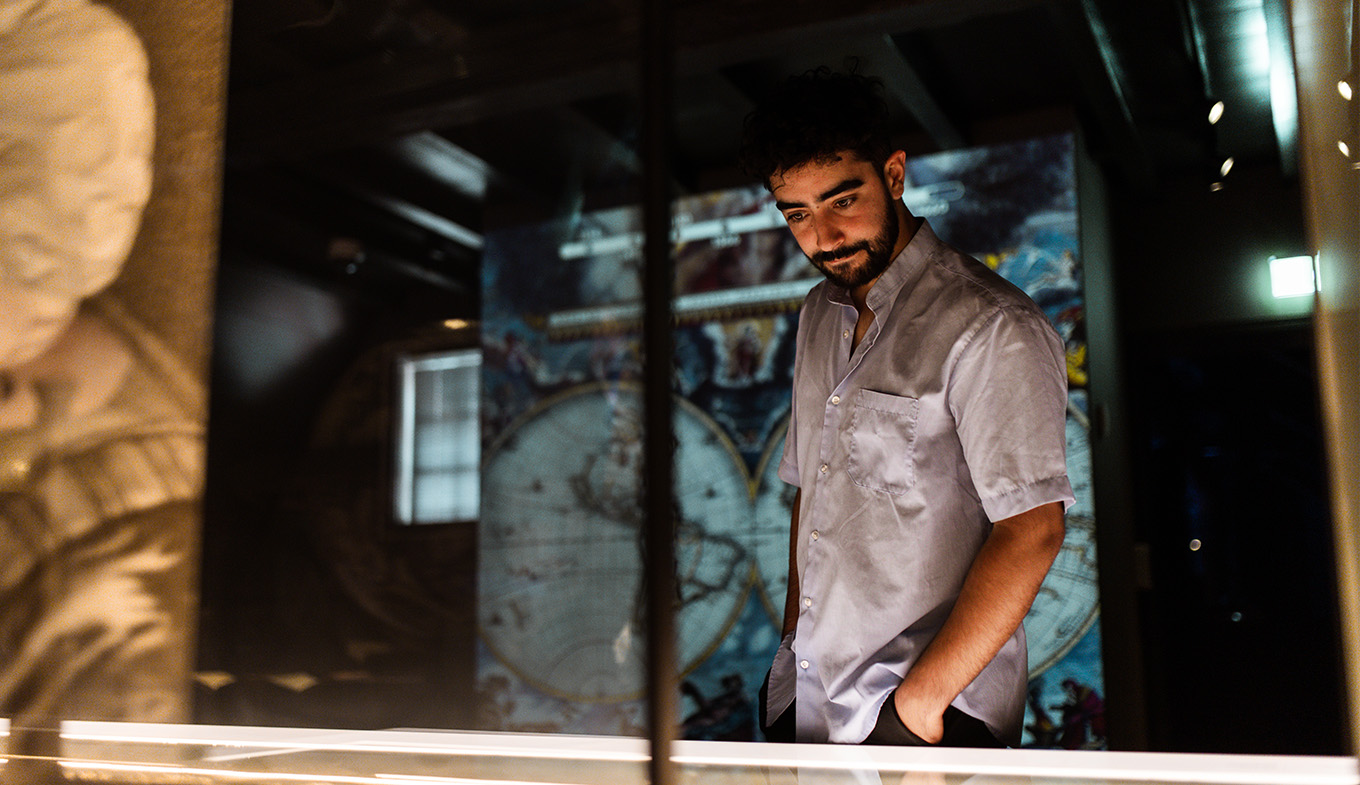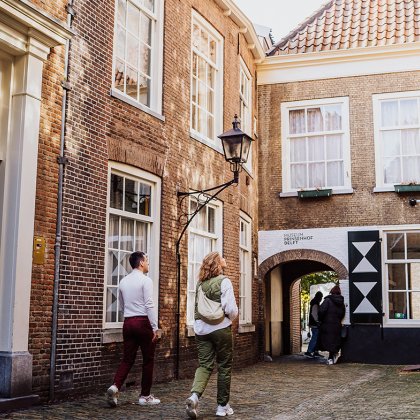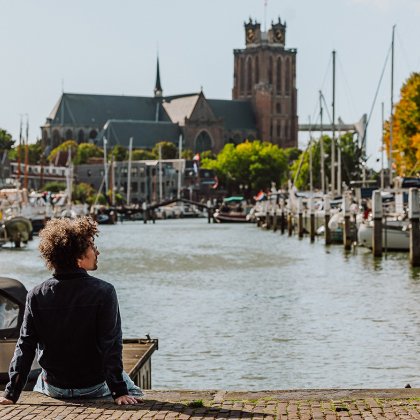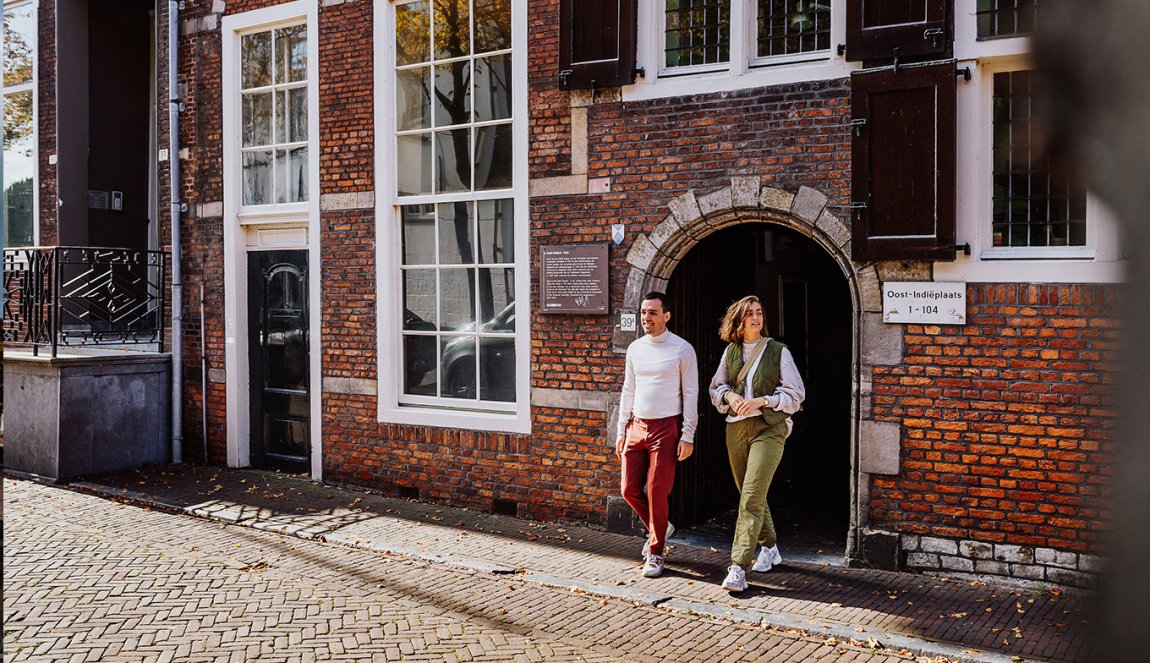
The Dutch Era
Present and past
Golden Age?
The first multinational corporation

Art
Every city its own artist

Science
Protagonist: Antoni van Leeuwenhoek
Renowned scientists
Where can I go to learn even more about the Dutch Era and science?
-
Our tip for 'Leiden'
Learn about Christiaan Huygens’s discoveries in the amazing Rijksmuseum Boerhaave. Be sure to check out the world’s oldest planetarium with the sun at the center, the stories about Blaeu’s maps, and the botanic sketches of Maria Sibylla Merian: each and every one a showpiece of their age.
Read more -
Our tip for 'Delft'
Delft simply exudes history. Take a walk past the house where Antoni van Leeuwenhoek was born, and the bakery café Van Maanen, where he died at the age of 91. Then head to Museum Prinsenhof Delft, where the oldest telescope of the 17th century was accidentally discovered in 2013: the four-inch-long tube had initially been mistaken for a bullet cartridge. Museum Prinsenhof Delft also has much to discover about William of Orange, the most exquisite 17th-century art and, of course, the origin of Delft Blue pottery.
Read more -
Our tip for 'Dordrecht'
In 1572, one century before the Dutch Era, Dordrecht hosted the first assembly of the free states of Holland, which was attended by representatives from twelve cities. It was the first step towards the establishment of the Constitution of the Netherlands. In 1648, the Augustinian monastery of Dordrecht was the setting for the peace talks with Spain. Now part of the refurbished Hof van Nederland, this monastery is definitely worth a visit.
Read more

Cities
Richest country in the world





























